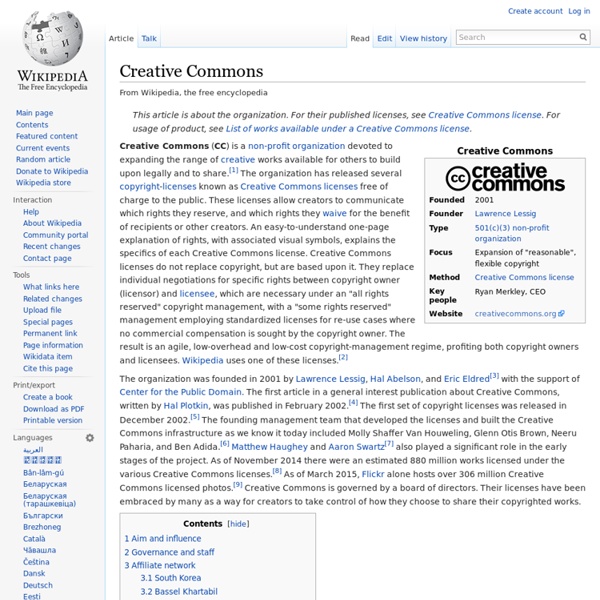Math in Children's Literature
Math in Children's Literature 205K+Save New Update! Dec. 28, 2016My goal is to gradually update this list with new links. You can see which sections have been updated by looking for New! New! Latest Update: March 8, 2014 I try to update the following list of Math Books for Kids on a regular basis. Why Do I Keep Up This List? Linking Children's Literature to Math A few important notes about this list: 1. 2. 3. Addition/Subtraction 12 Ways to Get 11, Eve Merriam *The 329th Friend , Marjorie Weinman Sharmat (lesson)The Action of Subtraction , Brian Cleary Centipede's 100 Shoes , Tony RossEach Orange Had 8 Slices , Paul Giganti (also multiplication)Elevator Magic , Stuart Murphy (subtracting) The Grapes of Math , Greg TangThe King's Commissioners , Aileen Friedman (addition, skip counting) Math Appeal , Greg Tang Math Fables , Greg TangMath For All Seasons , Greg TangMath-terpieces , Greg Tang Monster Math , Anne Miranda (counting)Monster Musical Chairs, Stuart Murphy My Little Sister Ate One Hare , Dr.
Wiki
Copyleft
Un article de Wikipédia, l'encyclopédie libre. Le symbole du copyleft, avec un C « inversé » (tourné à gauche), est l'« opposé » du copyright (C tourné à droite). En 2009, il n'est pas reconnu comme symbole légal. Le copyleft[Note 1] est l'autorisation donnée par l'auteur d'un travail soumis au droit d'auteur (œuvre d'art, texte, programme informatique ou autre) d'utiliser, d'étudier, de modifier et de diffuser son œuvre, dans la mesure où cette même autorisation reste préservée. L'auteur refuse donc que l'évolution possible de son travail soit accompagnée d'une restriction du droit à la copie, à l'étude, ou à de nouvelles évolutions. Jeu de mots et traductions[modifier | modifier le code] Le terme copyleft est un jeu de mot construit par opposition au terme copyright. L'idée suggérée par Copyleft est donc laisser copier, en opposition avec copyright (Droit de reproduction/d'auteur). Fondements[modifier | modifier le code] — Richard Stallman Régime juridique[modifier | modifier le code]
Across The Universe - Official Site
Skip to main content © 2025 Sony Pictures Digital Productions Inc. All rights reserved Social Links Get Updates Privacy Policy Terms of Use CA Privacy Rights Ad Choices Cookie Consent Tool Your Privacy Choices © 2024 Sony Pictures Digital Productions Inc.
Place Value Mats
Ten-Frame Mat Math mats help students organize materials in a mathematically meaningful way. They may also serve as prompts to reinforce mathematical concepts and skills. For example, ten-frame mat help young students organize objects by tens, reinforcing that important place value concept of our base-ten number system. It is developmentally appropriate to have students begin with ungrouped materials (e.g. unifix cubes, beans, etc.) and place one object in each square of the ten frame to create a ten. Double Ten-Frame Mat Next, students use a double ten-frame mat to model numbers from 1-20. The teen numbers are notoriously hard for kindergarten students. Finally, ask students to name the number represented and either write the number (if inserted in a sheet protector) or select the appropriate number card. Tens-Ones Mat Later on, students transition to the tens-ones mat with ten frames in the ones place to build upon the ten-frame skills and introduce the tens place. Please select a topic:
gReader
Open source
Un article de Wikipédia, l'encyclopédie libre. La désignation open source, ou « code source ouvert », s'applique aux logiciels (et s'étend maintenant aux œuvres de l'esprit) dont la licence respecte des critères précisément établis par l'Open Source Initiative, c'est-à-dire les possibilités de libre redistribution, d'accès au code source et de création de travaux dérivés. Mis à la disposition du grand public, ce code source est généralement le résultat d'une collaboration entre programmeurs. L’open source a déjà investi tous les grands domaines du système d’information des administrations françaises[1] : environnements serveurs, domaines applicatifs, outils d’ingénierie, solutions de réseaux et sécurité. « Préhistoire »[modifier | modifier le code] Les ordinateurs des années 1960 étaient livrés avec des logiciels accompagnés de leurs sources que les clients pouvaient modifier et étendre. Histoire[modifier | modifier le code] Eric Steven Raymond avait d'abord essayé de déposer open source.
Hanif
Writing in Mathematics
Featured Topic: Writing in Math Class Teachers incorporate writing in math class to help students reflect on their learning, deepen their understanding of important concepts by explaining and providing examples of those concepts, and make important connections to real-life applications of the math they are learning. Teachers use the writing assignments to assess student understanding of important concepts, student proficiency in explaining and using those concepts and each student's attitude toward learning mathematics. Writing in mathematics is a win-win for both teacher and student. Although it may be difficult to introduce this practice, it is well worth the effort. Getting Started with Math Writing Often students who have difficulty writing in math class have less difficulty telling the teacher what they think. Think-Pair-Share: Some students are reluctant to write at first and benefit from practice sharing thoughts with a partner and hearing that partner put thoughts into words.
Yatedo (people search)



